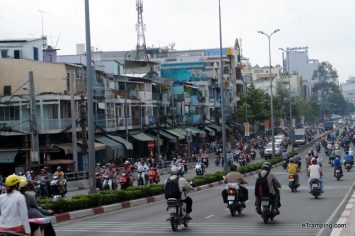Emergencies happen, that’s why it’s important to have a bug-out bag ready for when it’s time to hit the road. Whether you’re hitting the road due to a natural disaster or a man-made emergency, having the right tools and daily essentials can make or break you.
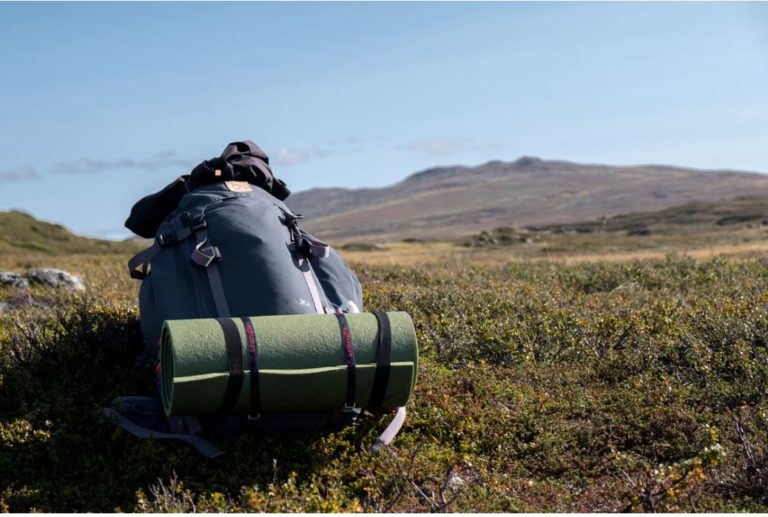
Quick Navigation
ToggleWhat is a bug-out bag?
The term bug-out bag stemmed from the term “bugging out”. “Bugging out” was coined during World War II to refer to soldiers retreating during states of emergency. Now, the term extends beyond military action and refers to any individual fleeing in an emergency situation. A bug-out bag is packed with survival supplies such as water, food, medicine, flashlights, etc. These bags are kept on standby until the event of an emergency situation, or what some would call – doomsday…
What should be in a bug-out bag?
Consider the rule of threes when determining which items take priority in your bug-out bag. The rule of threes contains the following rules:
- You can survive 3 minutes without air.
- You can survive 3 hours without shelter in a harsh environment.
- You can survive 3 days without water when sheltered from harsh conditions.
- You can survive 3 weeks without food with water and shelter.
Prioritize including items that solve the rule of three’s, then continue to add on additional items.
1. Air Filtration Mask
Without clean air, you can only survive for about 3 minutes according to the rule of threes. Be sure to include an air filtration mask to enable safe-oxygen flow in the event of a fire or gas leak. The mask will filter out toxic particles and save you from breathing in toxic air.
2. Basic Shelter & Essentials

A shelter may not always be accessible in the event of natural disasters such as storms and earthquakes, so it’s best that you are prepared for this possibility.
Tents made of mylar are a great survival option as they are known to repel water and retain heat. Traditional tents (pictured above) are not a viable option as they lack heat retention and are not commonly waterproof.
Space blankets can be great additions to bug-out bags as they are compact, light, and extremely warm. These blankets are light and metal-coated which enables them to retain heat in unideal conditions.
Sleeping bags can also be a great addition if you can find one that is both lightweight and insulated.
3. Sufficient Clean Water Supply
While you can survive weeks without food, you can only survive 3 days without water. For this reason, it is important to have a couple of options to ensure proper hydration.
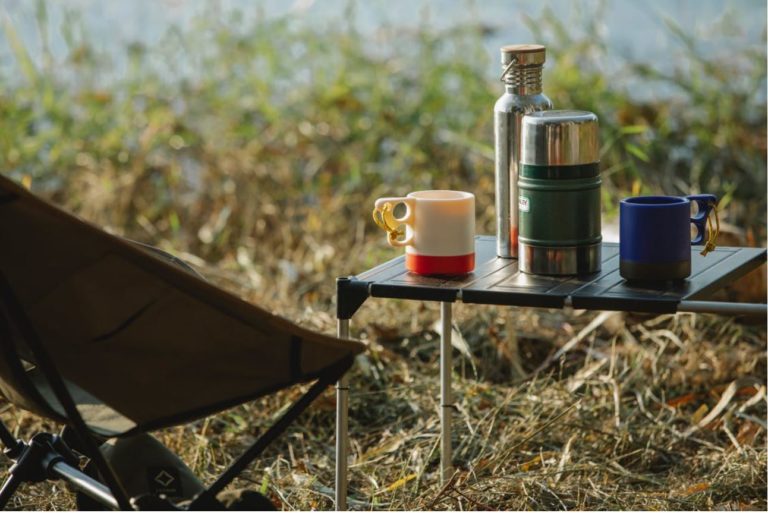
A water filtration system such as a mini water filtration system or a personal water filter can filter from 1,000 gallons to 10,000 gallons of water. These filtration systems get rid of 99% of bacteria and viruses found in water, ensuring your safety wherever you are.
Water bladders or water bottles are also viable options to take water on the go. All you have to do is fill your container with clean water and you’re all set. Lastly, bringing along some water filtration tablets are also a useful product that can be life saving.
4. Supplies of Food
You’ll want to pack enough food for a 72-hour period. Bug-out bag food should be nutrient-dense, shelf-stable, and easy to cook. You’ll want to focus on foods that are lightweight and calorie-dense.
Calorie-Dense Foods
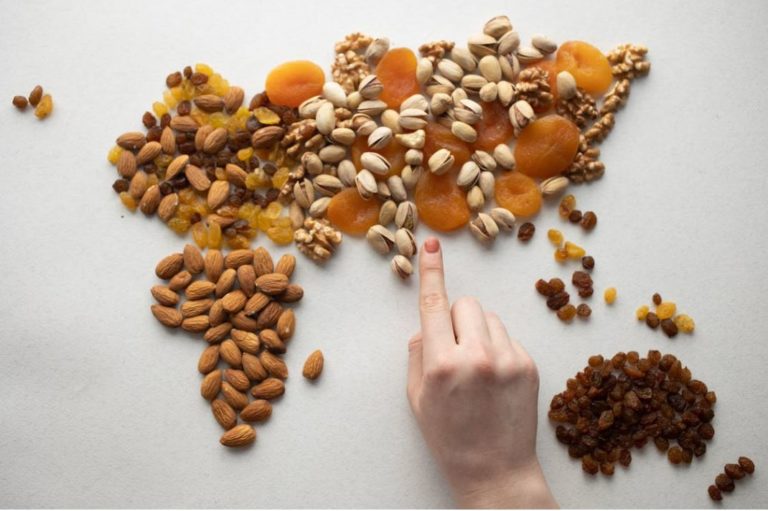
Dried fruit, nuts, and nut butters are great options, especially when bought in single-serve packaging. Nuts and nut-butters are nutrient-dense, high in calories, high in protein, and have a long shelf-life. Dried fruits give a nice burst of energy and are perfect for snacking.
Dehydrated Foods
Dehydrated foods can be found at your local camping store. Dehydrated foods only need water to cook and have all the components of a balanced meal. The only downside to dehydrated foods is that they deplete your water supply which can be less than ideal depending on the circumstance.
Canned Foods
Canned foods such as tuna and chicken are also great options to pack. Canned goods can be heavier, but they provide you with the necessary protein intake. Combining canned protein options with dried fruits and nuts is a great nutritious option.
Key tip: Buy canned food that comes with an opener already, to minimise the need to bring an additional can opener
Meal-Replacements
Meal replacement bars are a lightweight option that provides all the necessary macronutrients for powering through the day. These can be used as a snack or a meal; however, you will have to have more than one if it’s going towards a meal.
Meal replacement powders are also great options, but they have the same downfall as dehydrated foods. These are not ideal in the event that your water source is low. Also, bear in mind the needs of kids travelling with you – the food supplies a child needs may defer from you.
Caffeine
Caffeine is not necessary and does not count as a food, but having a caffeine source could give you the energy to power through harsh conditions like cold or war time. Some portable caffeine options include caffeinated energy bars or pills.
5. Practical Clothing for Protection and Warmth

Make sure that you have 2 sets or change of clothes on hand in the event that you encounter wet conditions or cold winds. Necessary items include beanies, weatherproof jackets, and thick cold-weather gloves.
Natural disasters can result in shattered glass and fallen branches in the even of a hurricane or typhoon. Having gear to protect your hands and body is vital in order to make your way through debris and get to safety.
6. Compact First-Aid
Having a first aid kit goes without saying, you need it for a small to a minor injury where you can self medicate or clean the wound before you get more professional medical help. Preventing a wound infection is so critical for well being when there is limited access to medical assistance. All first-aid kits should include the following items:
- Wipes (anti-bacterial & antiseptic)
- Painkillers
- Gauze pads and bandages
- Sunscreen
- Medical gloves
- Burn cream
- Tourniquet
- Sling

7. Multi-Purpose tools
When packing a bug-out bag, having tools that double or triple in purpose can save you from having to carry a hefty load. Expect the unexpected rather than paying the price later on.
Defense tools
Knives are a versatile tool to keep on hand. They double in purpose as they can be used to cut almost any item and be used as a defense weapon. There are different types of camping knives, so find the one that is best geared to you.
Pepper/bear spray can be used to fend off wild animals.
Other tools
Mini shovels are compact and can be used to dig holes for fires, shelter, or as a self-defense mechanism.
A hatchet or an axe can be used in replacement of a knife. The main difference is that with a hatchet, cutting larger items such as firewood could be less of a chore.
Pocket multi-tools are great options as they usually have one of everything in one compact item. Pocket tools usually consist of pliers, a knife, wire cutters, can openers, screwdrivers, and tiny saws. This versatile item can be carried in the smallest of pockets.
Duct tape can be a quick fix for any tears in your tent or gear. It is durable and waterproof. Not to mention, it can also be used to start fires.
Flashlights are extremely important for traveling at night in uncharted areas. Opt for a battery-powered flashlight (don’t forget extra batteries) or for a crank flashlight with a radio addition.
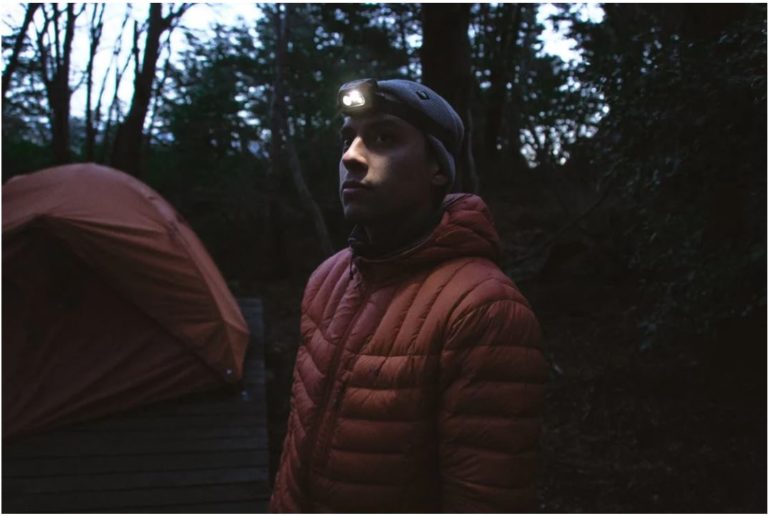
8. Miscellaneous
While these items are not mandatory, you might find some of these items useful when you’re on the move:
Portable chargers can provide power to your electronic devices. They also offer solar-powered options in the event that your charger runs out of juice.
A whistle can be used in the event that you are stranded or separated from someone in your party.
Nowadays, although people rarely memorizes phone numbers, keep an updated record of phone numbers somewhere physical on you in the event that your phone runs out of battery.
Keeping copies of important documents in your bag can save your life. In the event that you are found unconscious or need to prove your identity, these documents can help identify you.
Conclusion
With all of the uncertainty in the world, it’s important to prepare for unexpected circumstances. Make sure you have everything on our list in your bug-out bag to ensure a successful trip.


